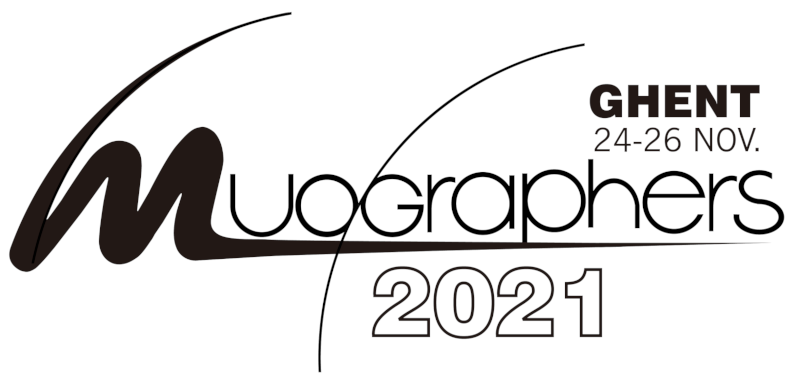Speaker
Description
There is a wide variety of applications in muography. These include engineering, border control, tunnel detection, cave mapping, architecture, archaeology, volcanology, mineral exploration, mining, rock mechanics, water exploration, and many types of monitoring applications. As an application and a discipline, muography is currently shifting from its pioneering stage to a transdisciplinary research field (Holma et al., 2021). This is not only normal for a developing research field, but also a necessity for any research that provides tools for applied research. In this work, we will summarise the current development trends in muography by analysing the research publication data mined from the Web of Science database.
The data used in the analysis cover all data found in Web of Science published before 1 January 2021. The data screening is based on the following search words separated by the Boolean operator “OR”: “muograph”, “muon radiograph”, “muon tomograph”, and “muon scattering tomograph”. The asterisk was used a multiple character wildcard search for finding the variable endings of a given root word. The searches were conducted by selecting the “All Fields” operator, as this operator searches all the searchable fields using one query. Note that the used set of search parameters is by no means the only option to study trends in muography related publications. However, the search results definitely support the general view according to which more and more publications have been published in the last ten years or so.
The above database search yielded a total of 556 publications. The oldest five publications were from the years 1987 (1 count), 1990 (1), 1996 (1), 1998 (1), and 2000 (1). Every year after 2001 (3) is represented by more than one publication. Based on the selected set of search parameters, the most intense year of publications is 2019 (68). The oldest paper in this search is that of Bondarenko et al. (1987) titled “Muon Tomography of a Rock Terrain”, which is published in Russian in the journal “Izvestiya Akademii Nauk SSSR Fizika Zemli”. According to Web of Science categories, this paper is multidisciplinary geosciences publication.
Although our parameter set used in the search failed to find older publications than Bondarenko et al. (1987), it is well known that there are several earlier publications that have collectively paved the road to the current surge of muography publications. Nevertheless, it is interesting to note that many of the early publications already noted the possibilities to use attenuation of cosmic-ray muons on rock characterisation (e.g., George, 1955; Malmqvist et al., 1978, 1979). As we now know, rock characterisation (e.g., volcanoes, mining), archaeology, border control, spent nuclear waste imaging, and other civil engineering applications are those that have earned most attention so far. We will present more results of our Web of Science analysis in our poster.
References
Bondarenko, V.M., Abilov, M.Z., Belfer, I.K. & Gorbunov, P.N. (1987). Muon Tomography of a Rock Terrain. Izvestiya Akademii Nauk SSSR Fizika Zemli 5, 103-108.
George, E.P., 1955. Cosmic rays measure overburden of tunnel, Commonw. Eng. 43, 455–457.
Holma, M.J., Kuusiniemi P. & Joutsenvaara J., 2021. Muography, outreaching and transdisciplinarity. Muographers 2021, International Workshop on Cosmic-Ray Muography. 24-26 November 2021, Ghent, Belgium.
Malmqvist, L., Jönsson, G. & Kristiansson, K., 1978. In-situ density determination by means of underground cosmic-ray intensity measurements a theoretical study. Geoexploration 16, 251-336.
Malmqvist, L., Jönsson, G. & Kristiansson, K. & Jacobsson, L., 1979. Theoretical studies of in-situ rock density determination using cosmic-ray muon intensity measurements with application in mining geophysics. Geophysics 44, 1549-1569.
